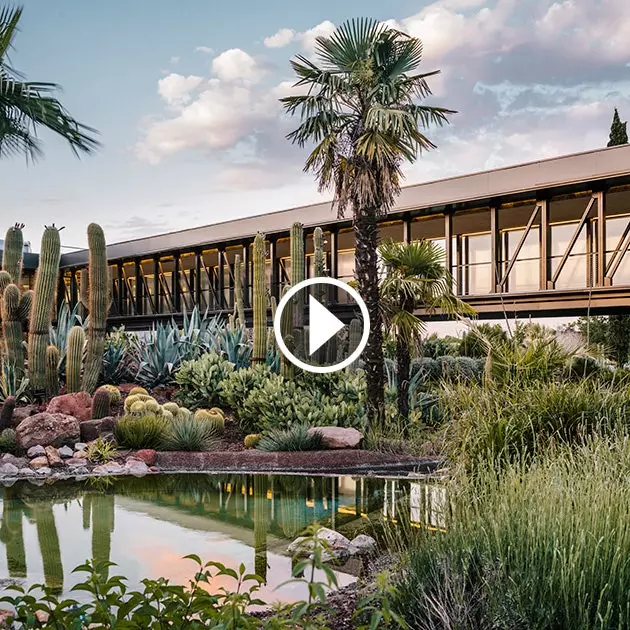
Madrid already has its own cactus garden
The hum of the A-1 fades away when one enters the roads of Desert City , on the outskirts of Fuente del Fresno, 25 kilometers from Madrid.
Talk about cactus garden to define it is correct and it is a reality that is traveled on foot along paths that lead us between cacti and other xerophytic plants (those adapted to arid conditions, which have developed adaptations to absorb, retain or prevent water loss) brought from different parts of the world.
However, speaking only about a cactus garden also means falling short and forgetting that Desert City, with its more than 16,000 m2, is also a biotechnological nursery, a shop and a research space where everything related to this type of plants is venerated, disclosed and cared for.
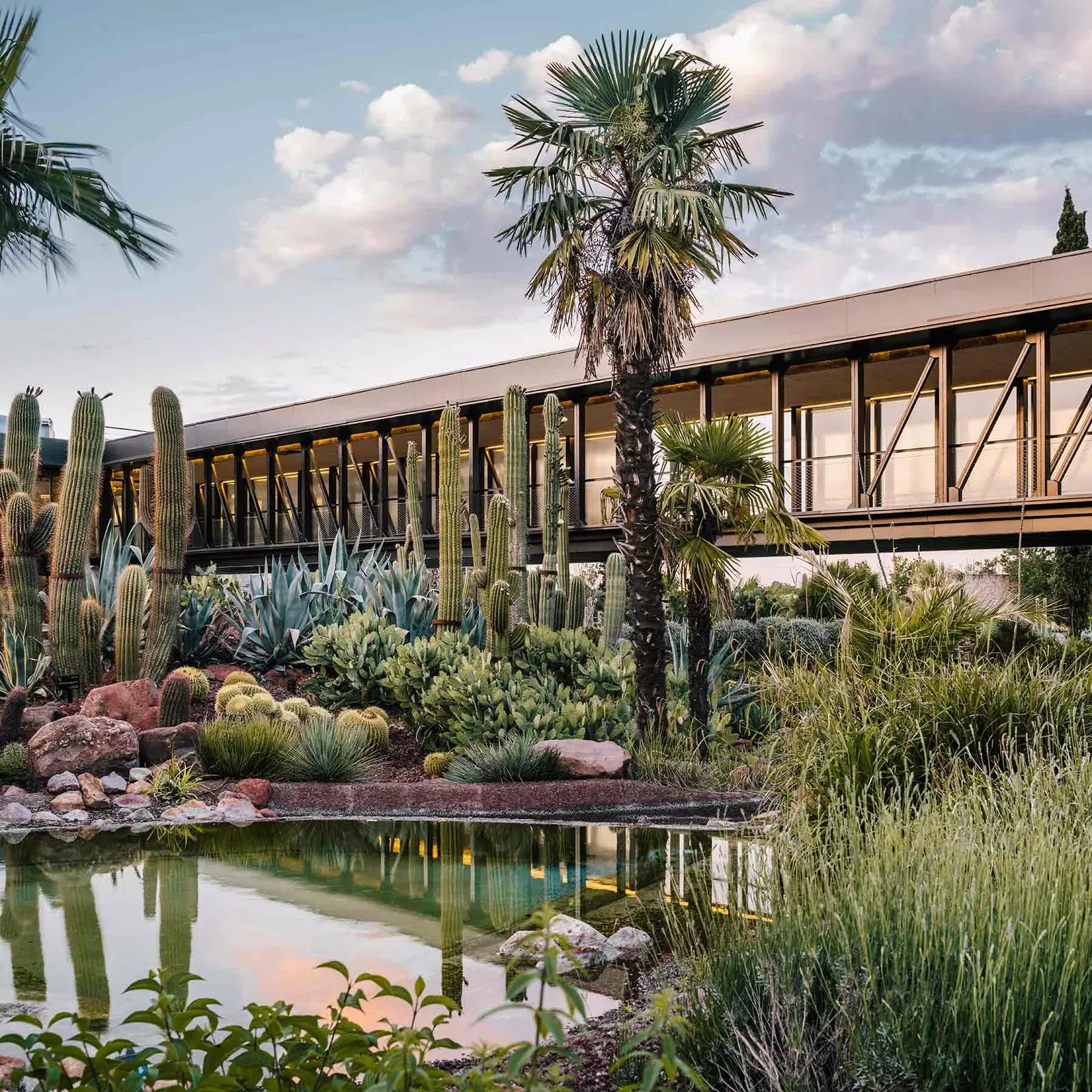
A botanical, landscape and experimental garden
An authentic immersion in this world that begins during the walk through the 5,000 m2 of its botanical, landscape and experimental garden with free access. “Botanical because the species are identified. Landscape because it also provides aesthetics and plays with elements such as water. And experimental because we tested whether the continental climate of Madrid, with its cold winters, was going to allow species from hot deserts to prosper”.
the one who speaks is Mercedes Garcia Bravo , a pharmacist (“more of a boot than a gown”) who, at the age of 45, decided to return to university to train as an agronomist, a complement to her more than 30 years of experience in the care of cacti that was going to allow her to make a reality his dream.
She is the architect, together with the architect Jacobo García-Germán, that the dump that stretched between the A-1 and the Cuenca Alta del Manzanares Regional Park now houses more than 400 varieties of xerophytic species. Of these, 250 are cacti. This would roughly be a representation of the 6% of the 4,000 possibilities of cacti that exist in the whole world (120 genera and 2,000 species with their cultivars -subgenera-).
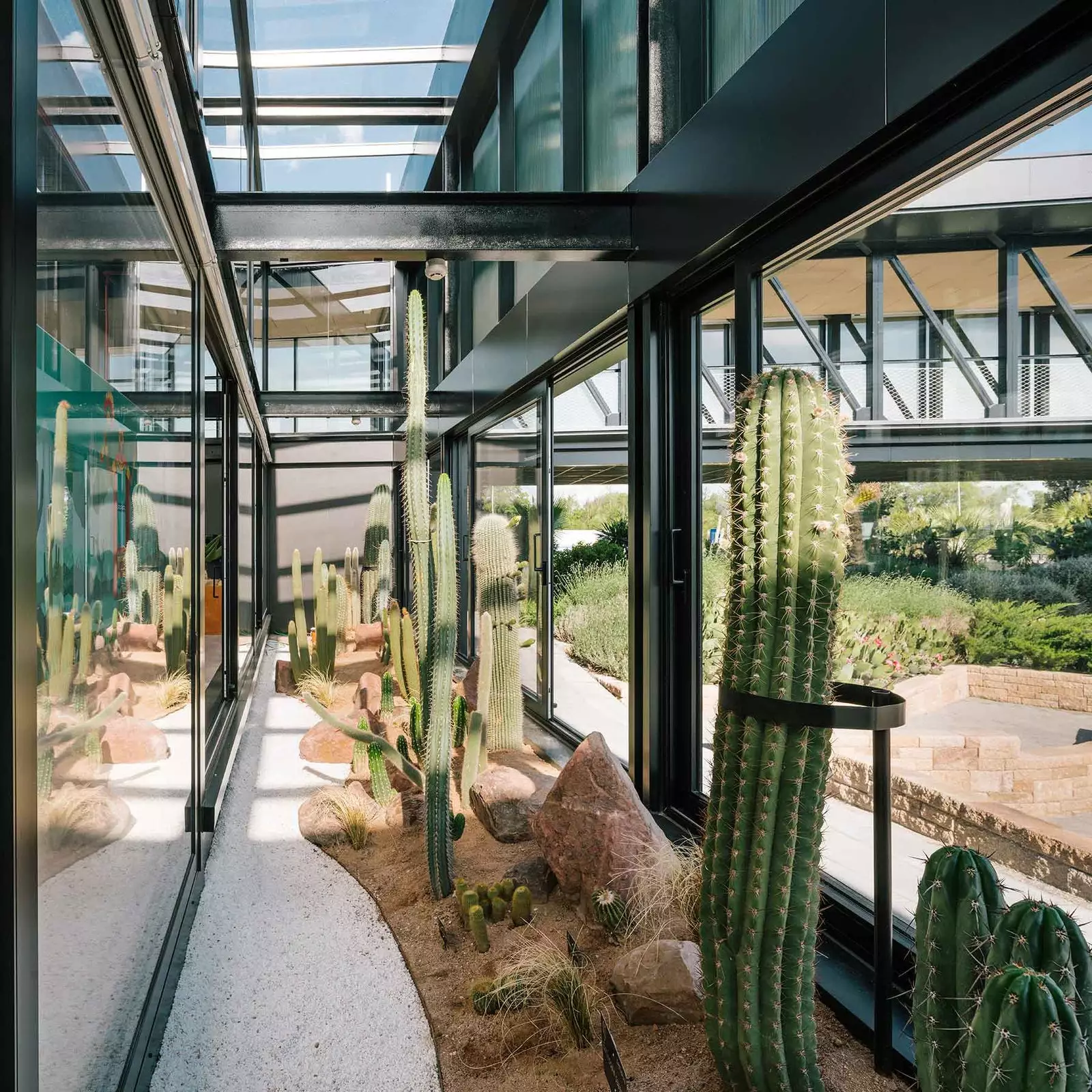
More than 250 varieties of cacti on the outskirts of the city
This 6% covers the whole world and it is organized before the visitor by deserts. The Monegros , minimalist, with five species of cacti, agaves and the occasional xerophytic plant of Mediterranean origin. Arizona and Nevada , separated between them by an allegory of the Colorado Canyon. The Toscana , dedicated to Mediterranean plants distributed around a path of desire that leads us to flow between myrtle, olive and lavender. And, like any self-respecting desert, the Oasis which, in Desert City, is the place where they test plants that can replace grass.
As Garcia Bravo explains, “A 100 m2 lawn garden requires about 100,000 liters of water per year. Instead, 100 m2 with plants of Mediterranean or xerophytic origin, 20,000 litres”. Something to keep in mind in a semi-arid region like Madrid.
Hence, his commitment to the xerolandscape , Or what is the same, recreate nature with xerophytic plants, as can be seen in the botanical garden. “It is not only because of the water savings that it entails, but also because of the work. A green surface requires a lot of work because you have to cut it, remove the weeds... When making a xerolandscape, you include gravel with which you are covering the anti-weed mesh that goes below or the substrates. They are much more sustainable and self-sufficient gardens”.
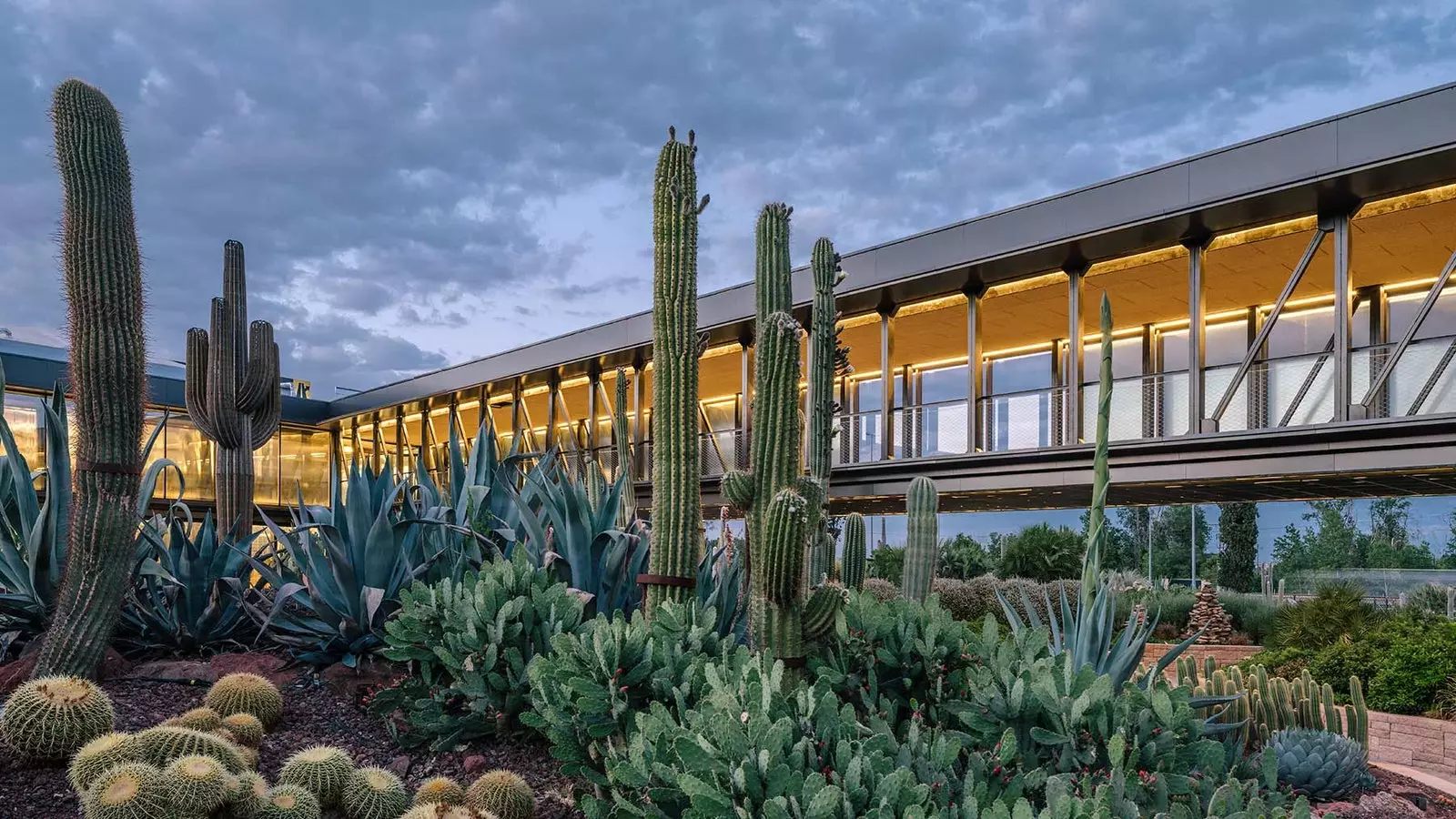
Xerolandscape is practiced here
The desert thread is maintained when entering the nursery , projected trying to emulate the greenhouses of the 19th century and fleeing from the industrial aesthetics to which we are accustomed for this type of building. Its interior, of about 4,000 m2, is like a kind of Ikea of plants (shortcuts included).
Here, our cacti journey continues among xerophytic plants, both displayed on shelves and recreating their natural habitat, which come from the Salar de Uyuni (South America), the Sonoran Desert (North America), Australia, the savannah and arid zones of Namibia (Africa) and Asia , as far as we moved to blow of zen garden.
Among so much variety, our eyes inevitably go to the larger species. Crown jewel? For García Bravo, without a doubt, an Echinopsis pasacana of 6.30 meters, weighing 4,000 kilos and 90 years old. Its size is such that he was forced to request a special permit that would authorize raising the roof of the nursery. Characteristic of South America, this specimen was donated by Anthony Gomez , the greatest cactus expert in Spain.
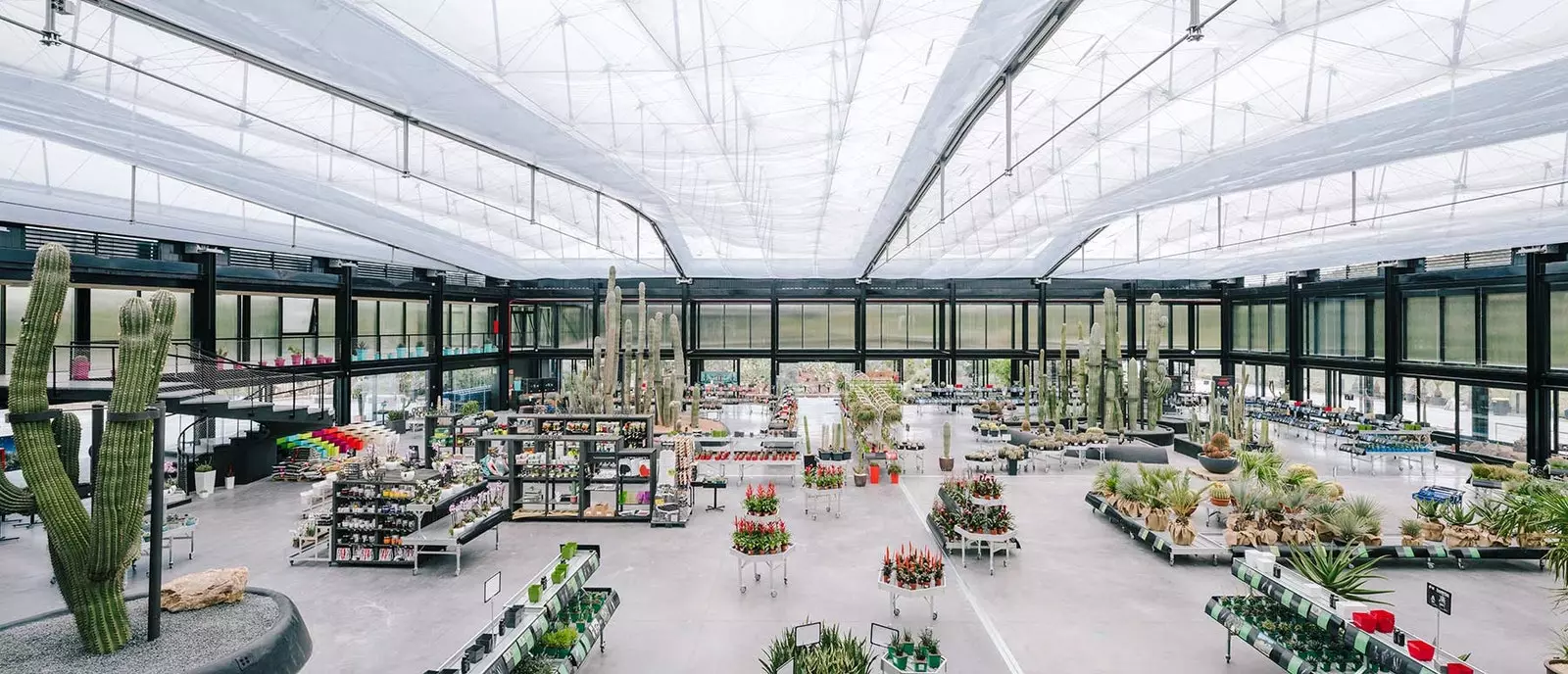
The Ikea of plants (shortcuts included)
Surprising, especially for the uninitiated for whom the visit to Desert City will not be limited to a simple wandering between plants, trying to see (when no one is looking) if they can touch their spikes without hurting themselves. No. The visit to Desert City will be a true immersion, a master in xerophytic plants that begins by asking for information such as a cactus can live between 300 and 400 years or that absorbing computer waves is an urban legend; and he continues to participate in some of the free workshops they organize for their clients. In the two months that they have been open, they have already taught two, how to transplant cacti and what to do with them on vacation, with a full house in the 40 seats that they enabled.
The informative work continues until the very moment of the purchase, where advice is given on the best way to care for each species. And it is that, as one walks through its corridors, one finds next to each floor an information sheet about its origin, its species, its tolerance to heat, its ideal lighting, the minimum temperature it supports, flowering time, when it is advisable to keep it indoors and the level of cultivation that is required: Don't worry, there are some for beginners.
Biweekly. It is the answer to the question you have been asking yourself while reading this article: How often is it recommended to water a cactus? "You have to water them according to the temperature," says García Bravo. “The cactus must be made to think that it continues in its place of origin, so it must be watered when the soil in the pot is dry and the temperature is above 21 or 23º , that is, from spring to autumn. In winter you don't have to water it. Take note.
*This report was originally published on July 21, 2017 and updated, with video, on August 25, 2017
Follow @mariasanzv
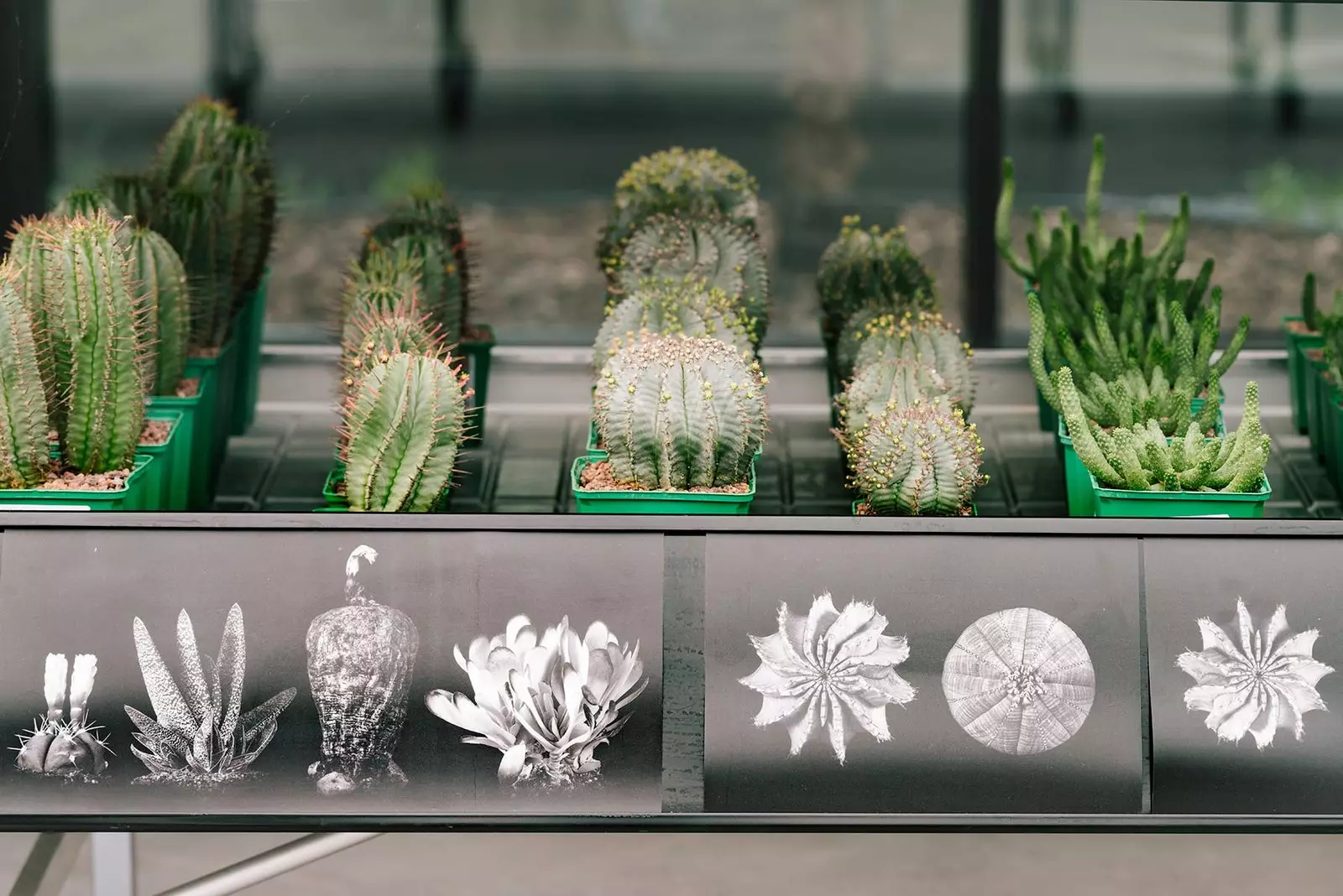
Plants of the five continents
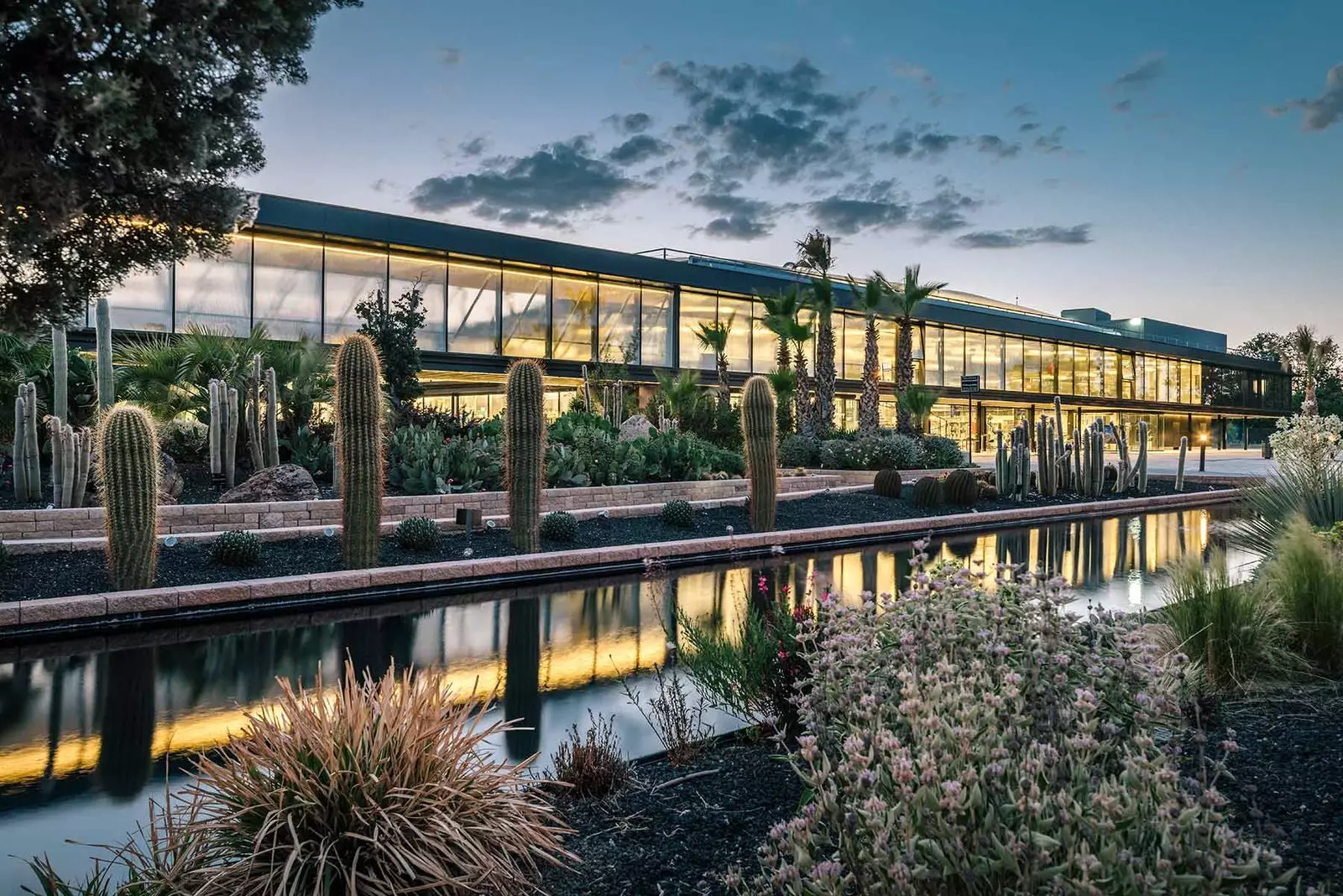
The presence of water is testimonial
